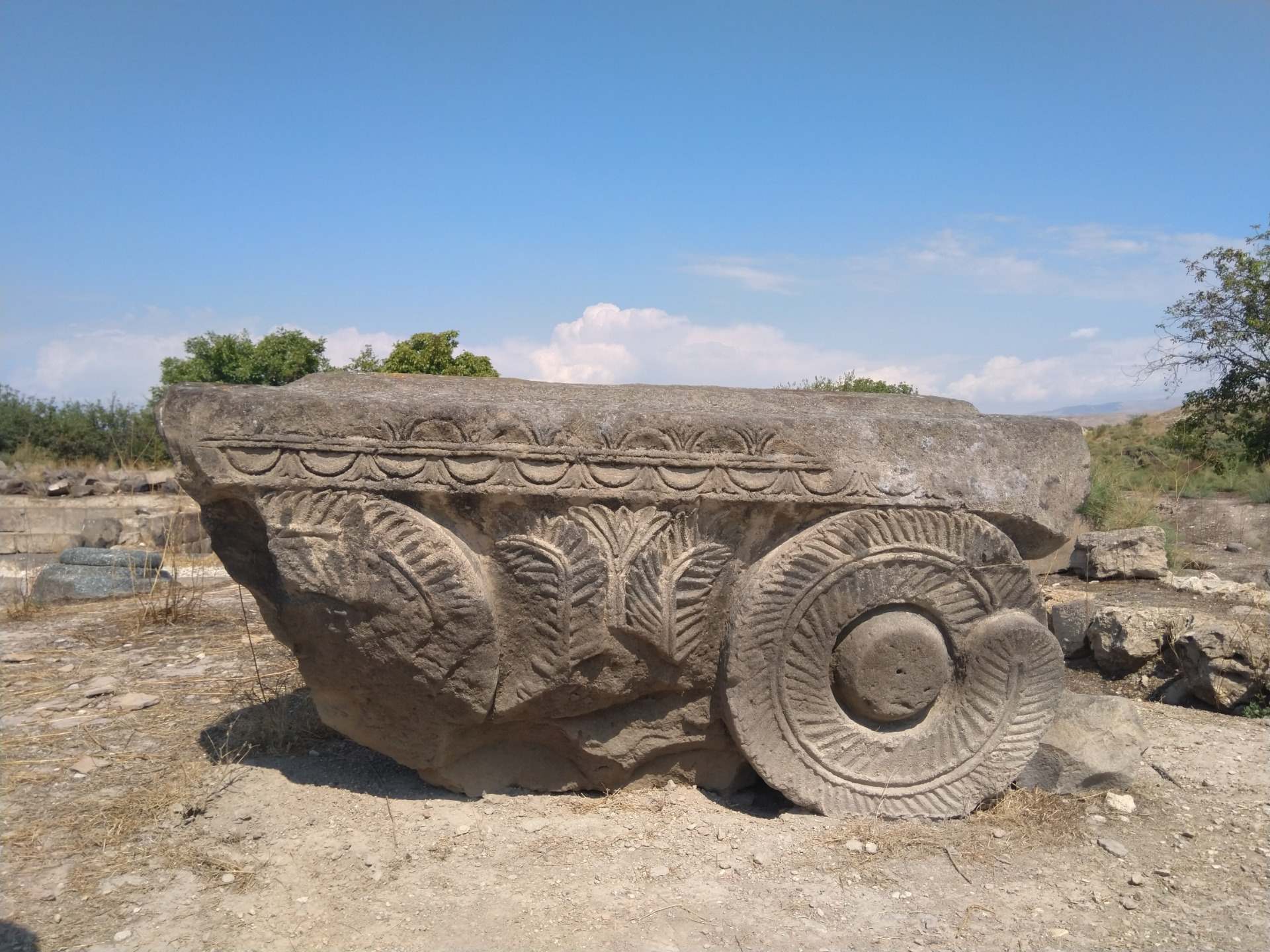
Dvin, Armenia holds a rich historical significance that often goes unnoticed. This ancient city, located in the Ararat Plain, was once a bustling capital and a center of political, cultural, and economic activity. While it may not be as well-known as other famous landmarks in Armenia, such as Mount Ararat or the ancient city of Ani, Dvin has an intriguing past that is worth exploring.
In this article, we will uncover 10 fascinating facts about Dvin that will shed light on its historical importance and cultural heritage. From its rise as the capital of Armenia to its decline and eventual abandonment, Dvin has witnessed countless events and left a lasting legacy on the region.
So, join us as we embark on a journey through time and uncover the hidden stories of Dvin, Armenia.
Key Takeaways:
- Dvin, Armenia was a thriving ancient city that served as the capital and a hub along the Silk Road, known for its diverse population and remarkable architecture.
- The ruins of Dvin are now a UNESCO World Heritage Site, inspiring art and literature, and efforts are underway to preserve and promote its legacy.
Dvin was once the capital of Armenia.
Dvin, located in present-day Armenia, served as the capital of the ancient Armenian kingdom from the 4th century AD to the 8th century AD. It was a significant political, cultural, and commercial center during its time.
Dvin was a thriving cosmopolitan city.
During its peak, Dvin was a bustling city with a diverse population, including Armenians, Persians, Greeks, Syrians, and others. The city’s multicultural environment contributed to its vibrant and dynamic atmosphere.
Dvin was a strategic location along the Silk Road.
Due to its strategic position between Europe and Asia, Dvin became a vital hub along the Silk Road. The city played a crucial role in facilitating trade and cultural exchange between different regions.
Dvin was known for its remarkable architecture.
The city boasted impressive architecture, with grand palaces, temples, and fortifications dominating its landscape. The structures displayed a blend of Armenian, Persian, and Byzantine architectural styles.
Dvin was a center of learning and scholarship.
The city was renowned for its intellectual pursuits and educational institutions. Scholars, philosophers, and theologians flocked to Dvin to exchange knowledge and ideas, contributing to its reputation as a center of learning.
Dvin was devastated by multiple invasions.
Throughout its history, Dvin faced numerous invasions from various forces, including Arabs, Mongols, and Seljuks. These invasions resulted in the destruction of the city and the decline of its prominence.
Excavations at Dvin have revealed fascinating artifacts.
Archaeological excavations at Dvin have unearthed a wealth of artifacts, including pottery, coins, jewelry, and architectural fragments. These findings provide valuable insights into the city’s rich history and cultural heritage.
The ruins of Dvin are now a UNESCO World Heritage Site.
In recognition of its historical significance, the ruins of Dvin were designated as a UNESCO World Heritage Site. Visitors can explore the remnants of this once-magnificent city, gaining a glimpse into its glorious past.
Dvin inspired numerous works of art and literature.
The captivating history and allure of Dvin have inspired many artists, writers, and poets throughout the centuries. Its tales of grandeur, conquest, and decline continue to captivate imaginations and fuel creativity.
Efforts are underway to preserve and promote the legacy of Dvin.
In recent years, there have been concerted efforts to preserve and promote the heritage of Dvin. Restoration projects, research initiatives, and cultural events aim to revive the memory of this once-great city.
Conclusion
Dvin, Armenia is a fascinating ancient city with a rich history and numerous intriguing facts. From being the capital of Armenia to its strategic location along trade routes, Dvin has played a crucial role in shaping the region. Its archaeological sites and landmarks provide a glimpse into the remarkable past of this once-thriving metropolis. Whether you’re a history enthusiast or simply curious about lesser-known destinations, exploring Dvin will transport you to a bygone era filled with wonders and mysteries.
FAQs
Q: What is the significance of Dvin in Armenian history?
A: Dvin served as the capital of Armenia for over 4 centuries and played a vital role in shaping the cultural and political landscape of the region.
Q: Are there any notable landmarks or attractions in Dvin?
A: Yes, there are several archaeological sites worth visiting in Dvin, including the remains of ancient palaces, churches, and city walls that offer a glimpse into its glorious past.
Q: Is Dvin easily accessible for tourists?
A: Dvin is located only a short distance from the capital city of Yerevan, making it easily accessible for tourists. There are various transportation options available to reach the archaeological site.
Q: Can visitors explore the archaeological sites of Dvin?
A: Yes, visitors can explore the archaeological sites of Dvin. However, it is important to respect the historical significance of the area and follow any guidelines or restrictions provided by authorities.
Q: Are there any museums in Dvin?
A: There are currently no museums specifically dedicated to Dvin in the area. However, the nearby city of Yerevan boasts several museums that feature artifacts and exhibitions related to Armenian history.
Dvin's rich history and cultural significance make it a fascinating destination for anyone interested in exploring the world's hidden gems. If you enjoyed learning about this ancient city, why not discover more about the vibrant cultural heritage celebrated at the Mountain Heritage Festival? Uncover the secrets of the past at the Kourion Archaeological Site, where centuries of history come to life. For a deeper dive into Armenian history, the Haghpat Monastery offers a glimpse into the country's spiritual and architectural traditions.
Was this page helpful?
Our commitment to delivering trustworthy and engaging content is at the heart of what we do. Each fact on our site is contributed by real users like you, bringing a wealth of diverse insights and information. To ensure the highest standards of accuracy and reliability, our dedicated editors meticulously review each submission. This process guarantees that the facts we share are not only fascinating but also credible. Trust in our commitment to quality and authenticity as you explore and learn with us.


